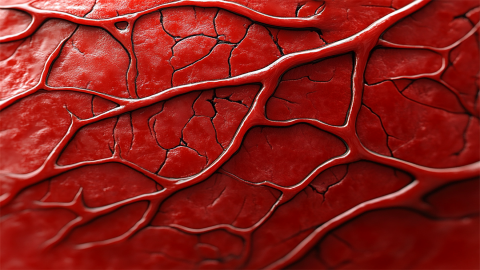How to check for blood vessel blockage
Generally, the examination of vascular occlusion can be performed through vascular ultrasound, CT angiography, MR angiography, conventional angiography, and blood tests. A detailed analysis is as follows:
1. Vascular Ultrasound: This technique uses ultrasound waves to scan blood vessels, displaying the vascular lumen diameter, blood flow velocity, and direction. It can preliminarily determine the presence of narrowing or blockage. It is simple to perform and non-invasive, often used as an initial screening method.
2. CT Angiography: After intravenous injection of contrast agent, CT scanning is performed to clearly visualize the three-dimensional structure of blood vessels. It accurately identifies the location, extent, and severity of occlusion and offers high image resolution, making it suitable for evaluating most types of vascular blockage.
3. MR Angiography: This method either requires no contrast agent or only a small amount. Using magnetic resonance technology, it visualizes the blood vessels and clearly identifies the location and morphology of vascular occlusion. It does not involve radiation exposure and is suitable for individuals allergic to contrast agents.
4. Conventional Angiography: A catheter is used to inject contrast agent directly into the blood vessel, and the vascular morphology is observed under X-ray imaging. It clearly reveals the details of occlusion and is a precise diagnostic method for vascular blockage. It is often an essential examination before interventional treatment.
5. Blood Tests: These assess blood lipid levels, blood glucose, and coagulation function. Abnormalities in these indicators may suggest the risk or cause of vascular occlusion—for example, elevated blood lipids can lead to atherosclerosis, indirectly assisting in the evaluation of vascular health.
If vascular occlusion is suspected, it is important to visit a reputable healthcare facility promptly and choose appropriate diagnostic tests based on individual circumstances. After testing, follow the physician's interpretation of the results and recommendations. If necessary, seek timely treatment to maintain vascular health.






